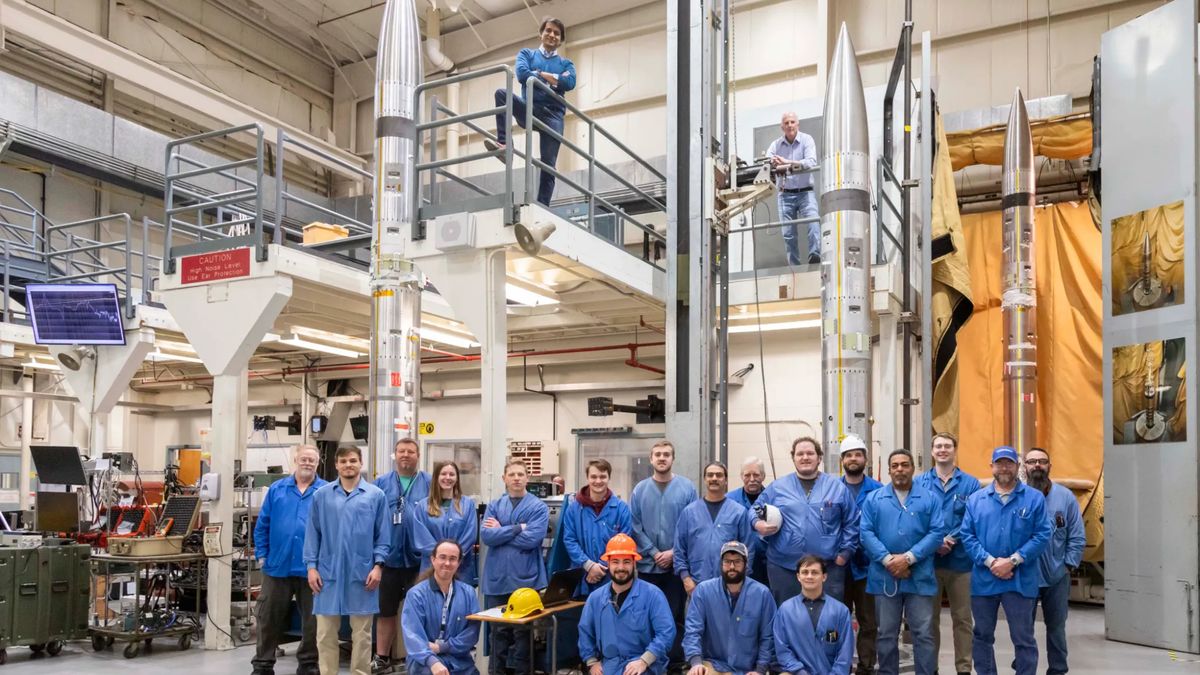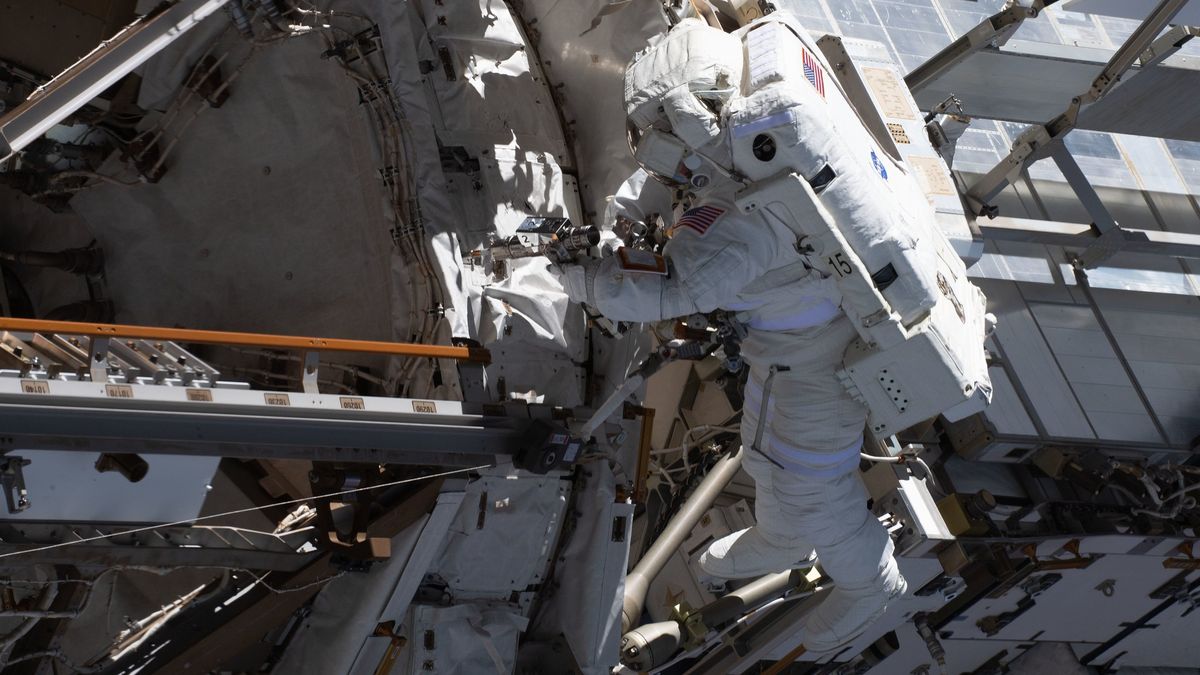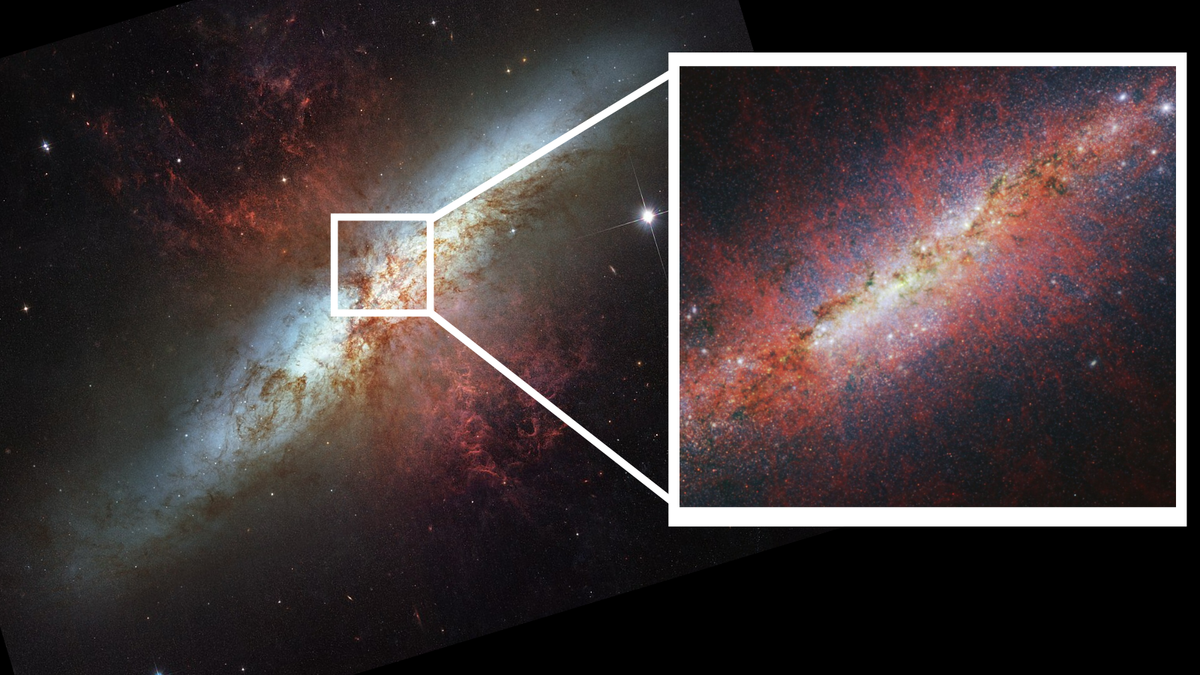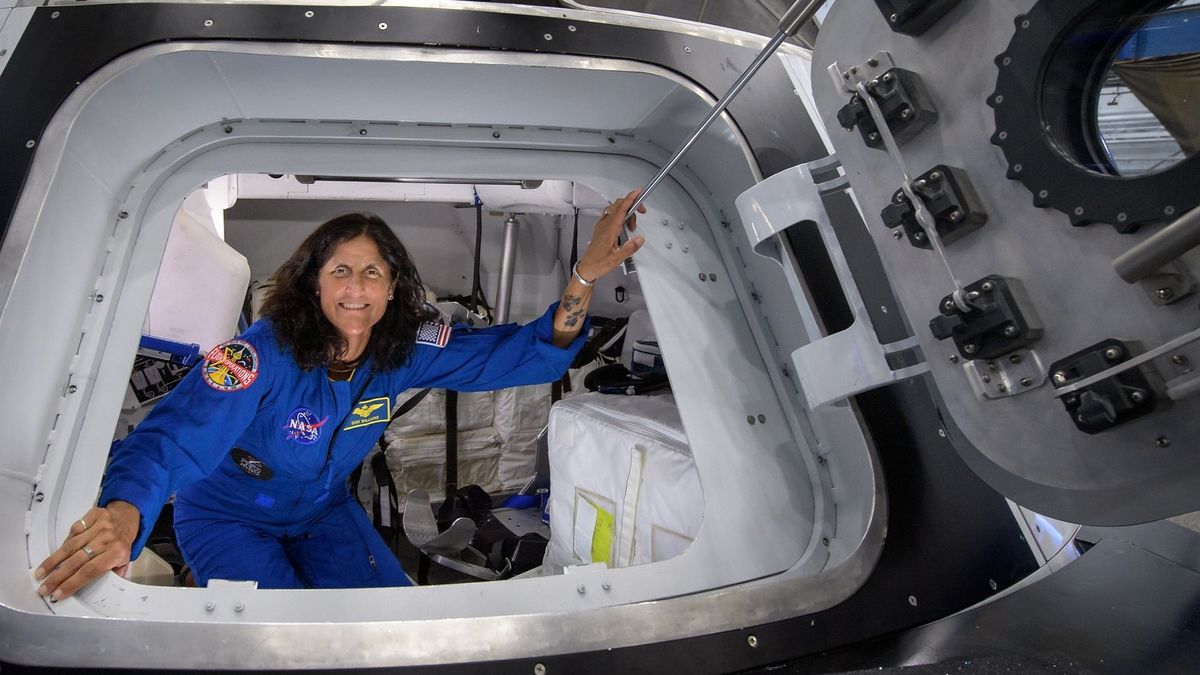The Repetitive Sounding Rockets Set to Explore the Ionosphere During Solar Eclipse
In October 2023, a triumvirate of sounding rockets embarked on a remarkable journey exceeding 200 miles (322 kilometers) into the ionosphere before safely descending back to the Earth’s surface. These rockets are now poised for their subsequent flight.
Mission Overview
The Atmospheric Perturbations around Eclipse Path (APEP) mission, christened after the Egyptian deity associated with darkness and nemesis of the sun god, Ra, is set to relaunch the three sounding rockets within the moon’s shadow during the forthcoming total solar eclipse on April 8. The primary aim of this mission is to investigate potential disturbances in the ionosphere triggered by a solar eclipse.
“The ionosphere is an electrified domain that reflects and refracts radio signals, significantly influencing satellite communications as these signals traverse through,” articulated team lead Aroh Barjatya from Embry-Riddle Aeronautical University in Florida.
Understanding the intricacies of the ionosphere and formulating predictive models to anticipate disturbances are imperative for ensuring the seamless operation of our increasingly communication-dependent world.
Scientific Endeavor
Post-launch, the rockets will ascend up to 260 miles (420 km) into the ionosphere, each releasing four secondary instruments designed to procure data on charged and neutral particle density before, during, and after the eclipse.
This is not the inaugural escapade for APEP. The mission’s maiden voyage coincided with the annular eclipse of 2023, serving as a rehearsal prior to the imminent total solar eclipse. During this initial test, the rockets captured intriguing data depicting a substantial decline in the ionosphere’s charged particle density, capable of inducing disruptions in space-based communication systems.
“We observed perturbations with the potential to impede radio communications in the subsequent rocket deployments, whereas the first rocket encountered no disruptions prior to the peak local eclipse,” Barjatya elaborated. “We are eagerly anticipating the relaunch during the total eclipse to ascertain if these perturbations commence at the same altitude and exhibit consistent magnitude and scope.”
Launch Details
While the preliminary launch unfolded at New Mexico’s White Sands Test Facility, the forthcoming ascent is scheduled at NASA’s Wallops Flight Facility in Virginia. Observers in close proximity to the site can witness the launch firsthand between 1 p.m. and 4 p.m. local time. Alternatively, enthusiasts can view the launch remotely via NASA’s broadcast on the Wallops YouTube channel.
Image/Photo credit: source url





